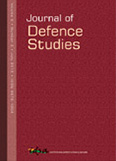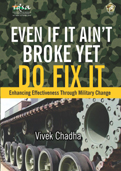Lest We Forgot: The Battle of Rezang La
While recalling the 1962 conflict we often refer to India’s ‘humiliating defeat’ at Chinese hands and forget that the Jawan of the Indian Army invariably fought with exceptional bravery and valour in the most trying conditions often without winter clothing and in some cases even without adequate ammunition.
- Ramesh Phadke
- November 18, 2009











